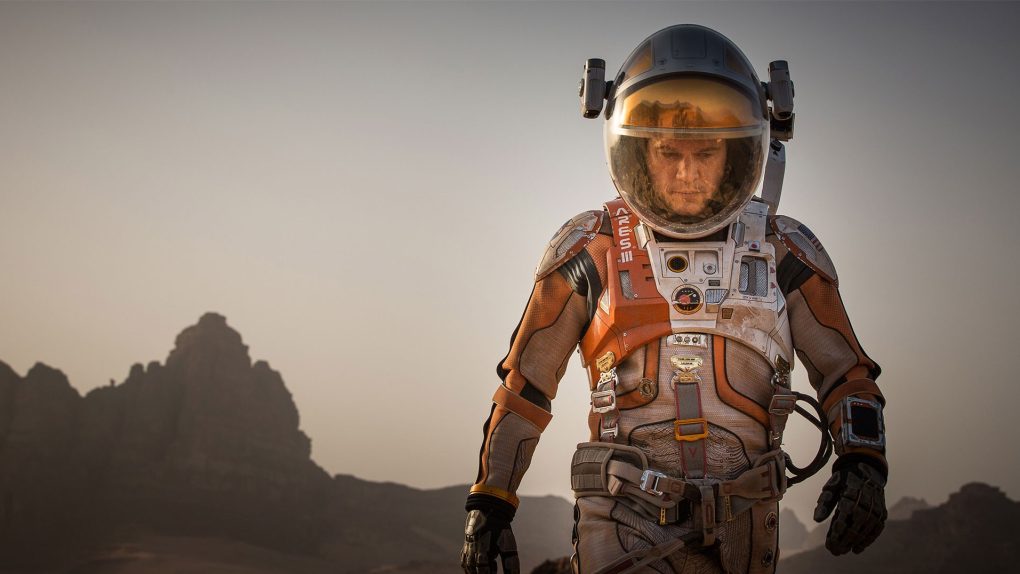Yes, The Martian is a great space movie because it depicts events that seem very real while building suspense and peppering everything with snarky remarks. Without spoiling the film for you, we can safely say that the space-related technology and the science used to get us to Mars sound plausible. And it turns out that the NASA actually has a plan for getting humans to Mars to better understand the red planet and potentially learn more details about its past.
DON’T MISS: Microsoft made the ultimate laptop: the Surface Book
The U.S. space agency published an announcement on Thursday that explains exactly how it plans to bring astronauts closer to Mars and eventually land on the planet.
According to NASA, its plan has roughly three stages, based on the distance between the crew of astronauts and Earth.
“NASA is closer to sending American astronauts to Mars than at any point in our history,” NASA Administrator Charles Bolden said. “Today, we are publishing additional details about our journey to Mars plan and how we are aligning all of our work in support of this goal. In the coming weeks, I look forward to continuing to discuss the details of our plan with members of Congress, as well as our commercial and our international and partners, many of whom will be attending the International Astronautical Congress next week.”
The first phase is referred to as Earth Reliant, and we’re already in it. The various missions aboard the International Space Station are part of the Mars preparations. Astronauts on Mars are studying the effects of long missions in space on the human body, as the NASA wants to ensure that future mission to Mars will be efficient without endangering the health of astronauts.
Proving Ground is the fancy name for the second phase of this mission. When NASA technology reaches that level, the agency will be able to place teams of astronauts at greater distances from Earth, operating around the moon. Astronauts will conduct further experiments and investigate possible staging orbits for future deep space missions. At the same time, NASA will study what working and living at greater distances from Earth does to the mind and body, and further elaborate protocols for working and surviving in deep space in preparation for the Mars mission.
Finally, the last stage is called Earth Independent. Once that phase is reached, NASA plans to approach Mars with human missions that would orbit the planet and even land on it. Unfortunately, it’s not clear when that might actually happen in the future, and there are various technological hurdles to overcome by the time the Mars mission reaches this stage. In this phase, NASA crews will have to be able to harvest Martian resources to create fuel, water, oxygen, and building materials on the planet, and live for years at a considerable distance from home.
Some of the Proving Ground missions will only take place in 2020 or even later, such as the Asteroid Redirect Robotic Mission that will collect a large boulder from a near-Earth asteroid, then ferry it to the Proving Ground and the Asteroid Redirect Crew Mission that will allow astronauts to investigate and sample the asteroid boulder.
“We identify the technological and operational challenges in three categories: transportation, sending humans and cargo through space efficiently, safely, and reliably; working in space, enabling productive operations for crew and robotic systems; and staying healthy, developing habitation systems that provide safe, healthy, and sustainable human exploration,” NASA writes. “Bridging these three categories are the overarching logistical challenges facing crewed missions lasting up to 1,100 days and exploration campaigns that span decades.”
An infographic showing NASA’s three-stage attack plan on Mars follows below, with NASA’s announcement and detailed plan available at the source link.




